7 Tips for Sustainable Gardening
For those of you who are thinking about gardening for the first time, these are 7 tips for your sustainable garden. It may be hard to think about sustainable gardening, especially with the cold weather outside, but when you break it down, it’s actually simple. I wanted to share some of my favorite tips for sustainable gardening. The right tips can help you gain the best garden possible! Please stock up on garden seeds, this is where I buy mine: SeedsNow
What is Sustainable Gardening?
There might be some of you who aren’t quite sure what a sustainable garden actually is, so let me break it down for you. Sustainable gardening is where you are using only natural resources and biodegradable materials, instead of chemicals and other pesticides that are known to cause harm to the environment. You may be thinking, “big deal, this doesn’t affect me.” Actually, it really does.
Just like with all other areas in life, the choices that we make can have a huge impact on those around us. Yes, even when it comes to gardening. If we’re not careful, we could be causing more problems than actual good, especially for your garden’s soil, plants, insects, birds, animals, air, water, even your neighbors. I highly recommend these for seedlings: CowPots and Organic Seedling Soil, this way you plant your seeds and place the CowPots in your garden when the temperatures are right.
There are other reasons as well. A sustainable garden not only provides you with an eco-friendlier solution but also allows you to grow organic foods that are richer in nutrients and have a better taste. In case you missed this post, What to Plant in a Victory Garden
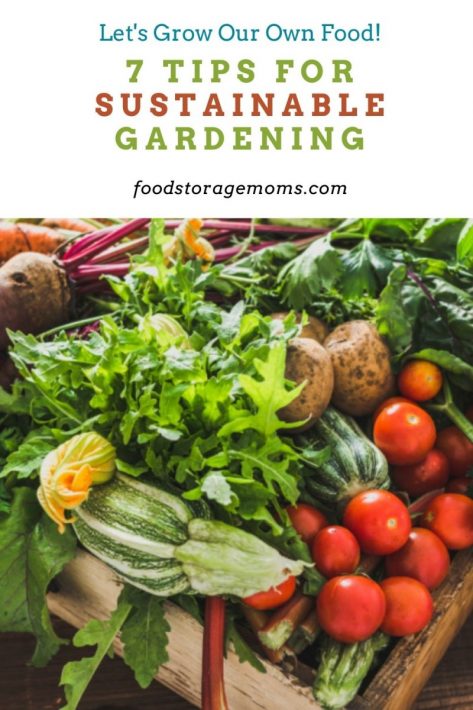
1. Planning Your Garden’s Layout
Before you start digging your first hole, take the time to observe your backyard. By careful planning, you’ll save money and keep your garden greener by conserving its many resources. To do this, find out where your backyard receives the most sunlight and plant flowers and plants that require a lot of sunshine.
There are also plants that do better in shaded areas, so find out where that is in your yard and plant accordingly. You may wish to sow flowers and plants that crave lots and lots of water? For this, you’ll want to plant them in the moist areas of your garden so that they will flourish.
2. Avoid Chemicals at All Costs
When you’re concerned about creating a healthier environment for all life around your garden, you should make it your number one priority never to use harmful chemicals. Ever. I know that those pests and weeds can be extremely obnoxious, but spraying your garden with pesticides and toxic fertilizers is far more harmful. It will pollute your garden’s soil and may even find its way into drinking water resources.
I live in the desert and it’s so hard to keep the pests away. I started making my own “bug spray” using 3-5 tablespoons of dish soap (I have Dawn Liquid) and 4 cups of water. Aphids are the worst where I live so I make a stronger solution for those pesky bugs. I mix it in a spray bottle and spray them when I see the insects. You can also just buy a bottle of Natria Insecticidal Soap to use as needed when you see pests.
3. Consider Planting Native Plants and More Perennials
When it comes to choosing the right plants for your garden, I’d strongly encourage you to choose ones that are native to your area. That way they are able to thrive as they grow and sustain themselves in a climate that they are most suitable for. In other words, native plants require less watering and less effort on your part. It’s also nice to know that you will be providing both food and shelter for the conservation of your area’s birds and helpful insects population.
Many gardeners like to plant more annuals versus perennials because they tend to look nicer for a better part of the growing season than perennials do. Yet planting more perennials in your garden will keep you from digging up your soil year after year so that you aren’t weakening the soil structure as quickly.
4. Compost and Recycle
Composting happens to be a critical component for sustainable gardens because it’s an excellent fertilizer that’s completely organic. Grass clippings from mowing the yard, dead leaves, and flower heads are all excellent natural materials that work as a fertilizer and food for your soil. Recycling food scraps from your kitchen is another great way to add nutrients to your garden while reducing waste.
Related: Use These 7 Top Household Items as a Fertilizer
5. Cover Your Garden’s Soil with Mulch
Laying mulch in your garden is another bit of advice that you should consider and can be done as soon as you’ve planted something. Mulching helps to create a healthier garden in a number of different ways. These are just a few of the benefits:
- Keeps soil from drying out
- Helps prevent erosion
- Helps to prevent your garden’s soil from compacting
- Puts nutrients back into the soil
- Helps to keep weeds away
6. Conserve Water
When it comes to sustainable gardening, it’s all about using the resources that are available to you, including water. One of the best ways of doing this is by getting yourself a rain barrel so that you’re able to harvest rainwater. Some gardeners even go a step further by putting buckets in the shower with them that they can use for watering their plants later. As I mentioned earlier, laying mulch is another great way to keep your garden’s soil moist.
Conserving water not only minimizes cost and reliance on your city’s water supply, but it reduces erosion and helps you put more moisture back into your garden without wasting nearly as much.
7. Collect the Seeds
After your plants and flowers have fully matured, they’ll produce seeds that you’ll want to collect. Once gathered, be sure to put them in a cool and dry place that you’ll remember. This will keep you from spending money on new seeds and you’ll be ready to plant them in time for the spring each year. Please stock up on garden seeds, this is where I buy mine: SeedsNow
Garden Gloves
These are my favorite garden gloves: DIGZ Garden Gloves They come in different sizes, that’s what I love the most. These are the best rose bush gloves: DIGZ Rose Bush Garden Gloves I have to get the large size for my hands. These are awesome!
Please Check Out What To Plant Each Month:
- What To Plant In January
- What To Plant In February
- What To Plant In March
- What To Plant In April
- What To Plant In May
- What To Plant In June
- What To Plant In July
- What To Plant In August
- What To Plant In September
- What To Plant In October
Final Word
You’ll be well underway by using these tips when you’re first getting started with your very own sustainable garden. You’ll have a garden that’s not only beautiful in appearance, but one that’s friendly to the environment as well. What are some tips for sustainable gardening that you’d like to pass on? We must learn to grow our own food. It’s particularly critical if we don’t have a Farmer’s Marker close by. Next time, make sure you check out these dos and don’ts for gardening your first year. May God Bless this world, Linda
Copyright Images: Gardening AdobeStock_218039462 by Alicja neumiler

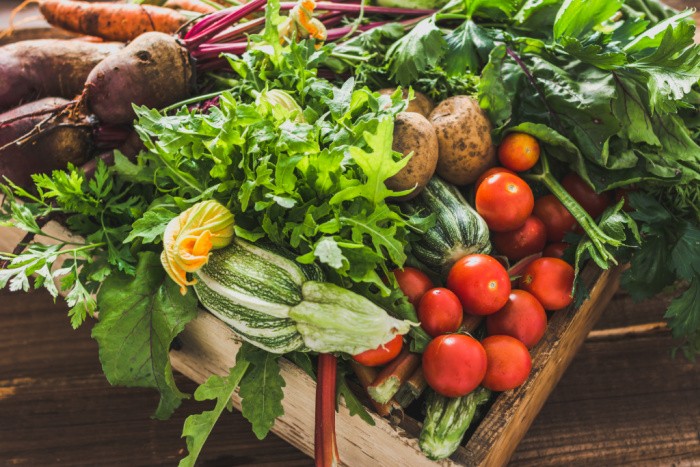

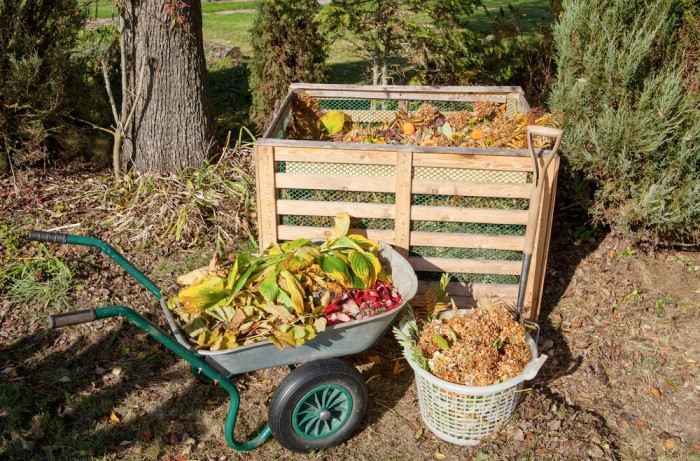
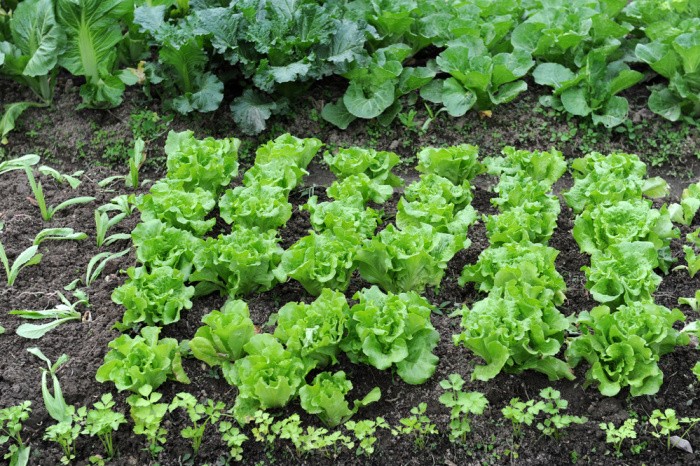
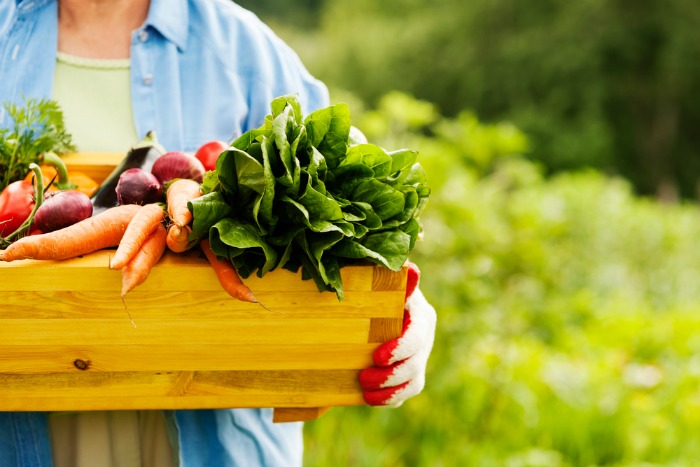
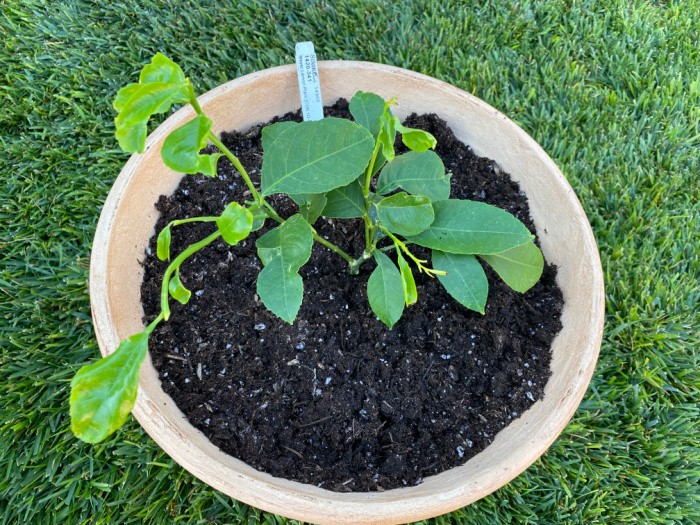
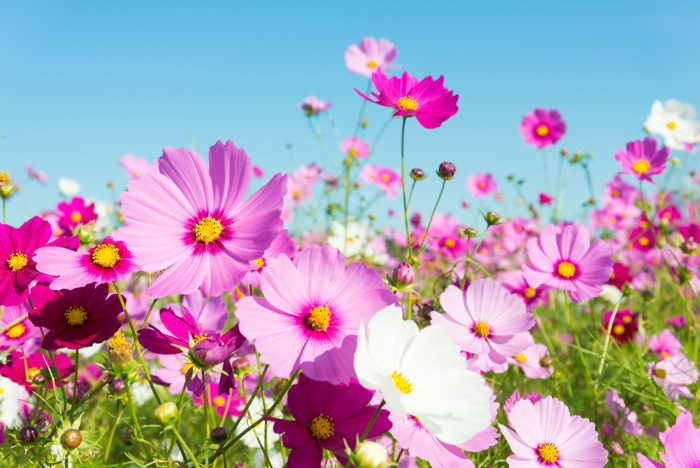
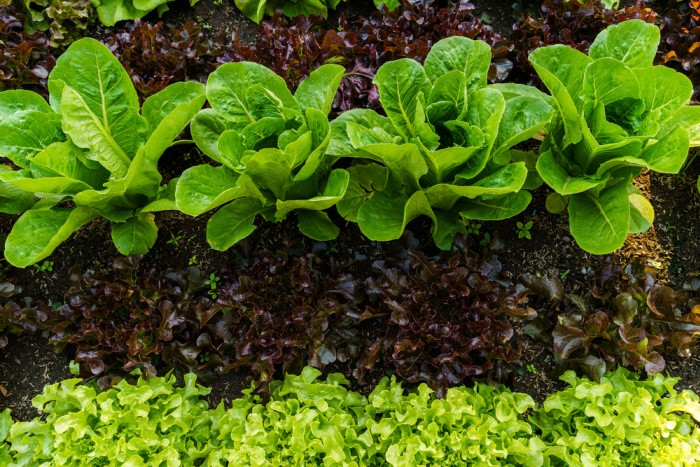













Is it imperative to use organic seeds to be able to save seeds for next year? I read that somewhere.
Hi Carrie, I know it’s not good to save Hybrid Seeds because they will not produce as well the next year. Heirloom seeds are what they sound like, handed down from generation to generation. So Heirloom seeds are the best. Organic seeds are great to save as well. Open-pollinated seeds work as well. Buy the right seeds the first time and you will always have seeds. I love it! Linda
“Hybrid” seeds are crosses. Depending on what you’re breeding for, hybrids will have bigger yields OR be more disease resistant OR more drought tolerant, etc. But because they are crosses, they don’t reproduce true-to-type. The offspring from a hybrid plant will have a mixture of genes you likely don’t expect and typically produces disappointing results. “Open-pollinated” and “heirloom” seeds are basically one-and-the-same. Heirloom is more a marketing term; it supposedly designates an open-pollinated variety that’s been around 50 years or more. Open-pollinated/heirloom seeds do breed true. You can save seeds for the characteristic you want each year (size or color, for example) and gradually improve the strain. “Organic” seeds have to do with the way the plant was fertilized and nothing to do with genes or chromosomes. (So it is not imperative to save only organic seeds to use next year.) Plants can be fertilized with chemicals (nitrogen, calcium, etc.) OR fertilized organically. “Organic” is a euphemism for sh*t. Organic vegetables have been nourished with sh*t rather than chemicals and have not been sprayed with chemical pesticides. OK, I’ll stop now.
In describing “organic gardening” I was thinking about commercial farmers — the people who grow what is labeled “organic” In supermarkets. They fertilize 99% with manure; 1% with table scraps. Before they can even start operations, their soil must be tested to confirm that residual pesticide levels meet state criteria.
I forgot about my next-door neighbor with his plastic composting bin. And my own humongous stack of decomposing vegetation beside the vegetable garden — 20 feet in diameter and higher than my head.
If you search for “organic gardening” in Google or YouTube, the results look like a quasi-religion. I have to wonder how many of the authors ever got blisters picking rocks or pulling weeds. Easier to write about it than to do it I suppose.
Hi Ron, oh my gosh, I LOVE your comment! Now I have the giggles over the “Organic” is a euphemism for sh*t. Organic vegetables have been nourished with sh*t rather than chemicals and have not been sprayed with chemical pesticides. Best comment ever, I love it! Linda
Hi Linda! Great article!
Here in NW Florida, I just started germinating my spring garden veggies out in the portable little greenhouse. You’d laugh. …I’d ordered heirloom seeds specifically to start this month and put them away in such a safe place that I couldn’t find them this week! Took me 2 days of steady searching to finally locate them. Crisis Averted! Oldtimers is such fun!
Then my friend Debbie & I had gone to a local nursery that was going out of business a couple of weeks ago. I bought a 150 gallon planting container for $30, then she & I raided the trash heap & scored a lot of sturdy smaller nursery pots that were just going to be hauled to the dump. Had I known how much I’d like them, I’d have loaded up on the little 2″ pots. I did score 6 dozen, so I was able to easily start 2 big trays of seedlings.
Don’t forget to check local feed stores & farmer’s co-ops for seeds & bare root fruit trees. Our local feed store has lots of bulk veggie seeds as well as onion sets & seed potatoes that do better in our locality than the ones available in the big box stores. Prices are better on these & you can get larger quantities…I paid $2.99 for 1# of onion sets, seed potatoes were about the same price.
Hi BDN, oh my gosh, you did score some awesome stuff! You got 6 dozen little 2 inch pots!!! Oh my gosh! I had to laugh when you couldn’t remember where you put the seeds, boy can I relate!! LOL! Oh, gardening is so fun, I can’t wait for that first fresh tomato!! Great comment! Linda
Linda, congratulations on yet another great, informative article. I would add the following tips.
For sustainability using only heirloom or open pollinated seeds is critical. Hybrids do not breed true, but it is a good idea to have some hybrid seeds in reserve since hybrid vigor can sometime get you a crop when more fragile heirlooms fail. And while composting is important most of us here in the desert don’t have lawns or even trees so we can’t generate enough new soil amendment through composting to be sustainable. Also, because it’s so arid here it takes more than a year for my compost bins to generate a decent amount of soil. Therefore it is important for those of us in extremely arid areas to start vermicomposting as that practice builds the richest soil imaginable. For watering I use soaker hoses and drip irrigation in my raised beds. Some of my drip irrigation is hooked up to my rain catchment system. I also use either small bark chips of hay (not straw) for mulching. The reason I don’t use straw is because it’s so windy here straw blows off my raised beds, unless it’s kept wet, which defeats the purpose of mulch, which is to save water.
My vermicomposting experiment last year produced enough new, rich soil to keep two of my six raised beds (4’x16′ each) topped off. I used those two beds, covered with PVC hoop houses, for my winter garden and they’ve been producing bok choi, broccoli, chard, carrots, lettuce and snow peas all winter long. Here’s a link for those who are interested. http://www.redwormcomposting.com/getting-started/#quick-start5
Inside my kitchen, I sprout broccoli, alfalfa, clover and other seeds for salads, sandwiches and stir frys. My sprouting operation isn’t fully sustainable yet, since I have to periodically purchase alfalfa seeds.
I’m ready to try something new in my raised beds this year, looking forward to a time when I may not want to be bending over or kneeling down. I’ve picked up some used metal roofing strips as the raised bed sides, so they’ll be nearly waist height. And, rather than try to fill with soil, I’m borrowing from hugelkultur, and will fill the lower part with lots of old wood, branches (plus leaves, etc., to fill the cracks), then soil/compost on top. The wood will slowly rot and add to the soil, plus will help hold moisture. If it works out well, I’ll try and change over at least another bed or two each year.
Hi Rhonda, oh I would love garden beds that were waist-high! Mine are 18 inches high, it’s better than planting in the ground. Maybe that’s what I should, one each year. I have seven 4 foot square raised beds. I need to look into this, great tip! I love it! Linda
You might be able to find something on “keyhole gardening”–a raised bed (deep, like waist-high) that is in a U or V shape. Saves space (I may even do it with a few of my beds that are close), and the idea is that you can bury composting materials in it!
Hi Rhonda, I will Google that, thank you! Linda
This is true, we really should consider having a sustainable garden as it reuses waste materials, and also, it allows plants to grow richer in nutrients. Anyway, this is great information, I loved it!
Hi Eden, thank you for your kind words. I have been gardening for over 50 years and I still learn something new every year. Life is so good! Linda